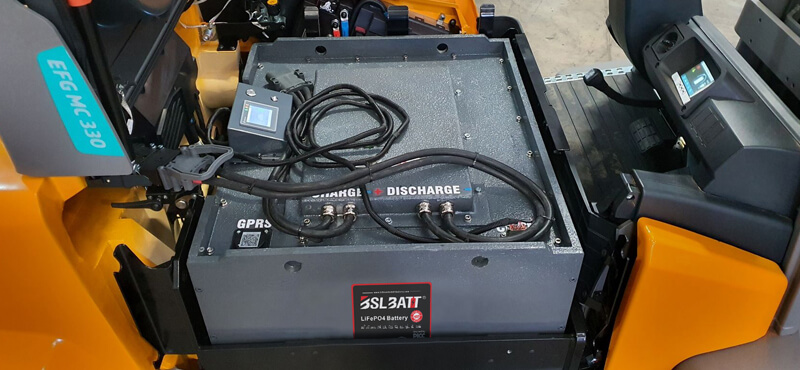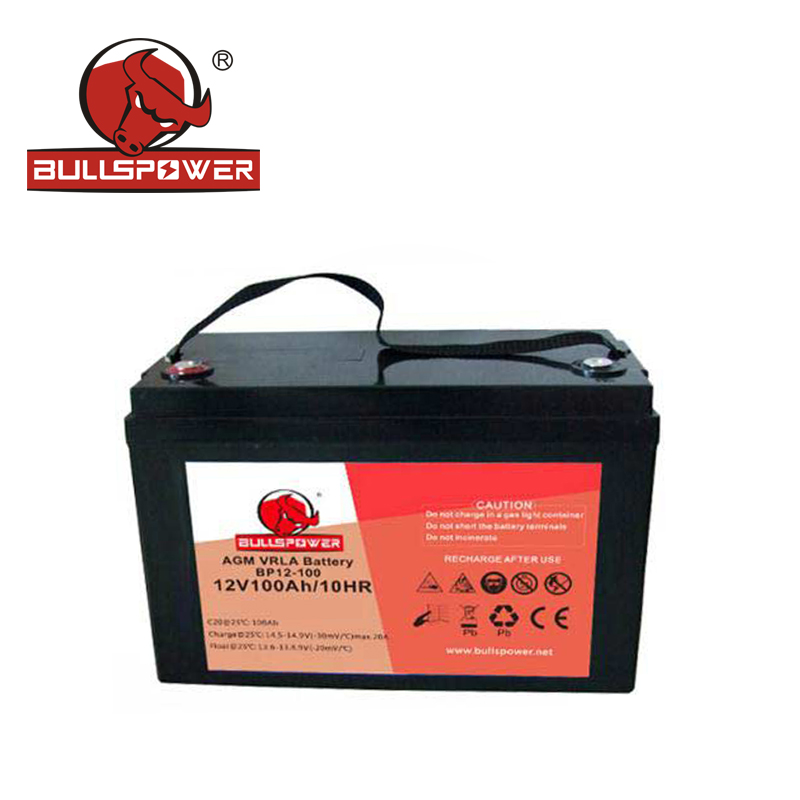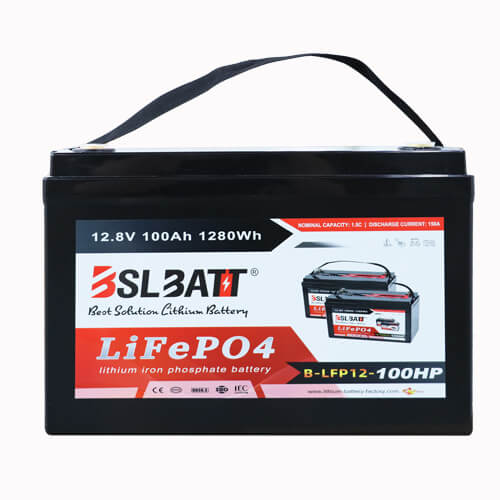Industry Application
Product Type
Lithium-Ion Vs Lead-Acid Battery
|
When it comes to selecting the appropriate battery for your specific application, it is essential to consider a range of factors that will ensure optimal performance. Firstly, determining the required voltage is crucial as it directly impacts the functionality of your application. By accurately assessing the voltage needs, you can ensure that the battery you choose is compatible and provides the necessary power supply. Additionally, considering the capacity requirement is vital in selecting the right battery. The capacity refers to the amount of energy the battery can store and deliver over a specific period. By understanding your application’s energy demands, you can choose a battery with an appropriate capacity to ensure uninterrupted operation. Furthermore, it is important to determine whether your application requires a cyclic or standby battery. Cyclic batteries are designed to withstand repeated charging and discharging cycles, making them suitable for applications that require frequent power usage. On the other hand, standby batteries are designed for backup power, providing a reliable source of energy during power outages or emergencies. By carefully evaluating these factors and understanding your application’s specific needs, you can make an informed decision when selecting the right battery. This ensures that your application operates efficiently and reliably, meeting all the necessary conditions for optimal performance. Once you have the specifics narrowed down you may be wondering, “do I need a lithium battery or a traditional sealed lead acid battery?” Or, more importantly, “what is the difference between lithium and sealed lead acid?” There are several factors to consider before choosing a battery chemistry, as both have strengths and weaknesses.
For the purpose of this blog, lithium refers to Lithium Iron Phosphate (LiFePO4) batteries only, and SLA refers to lead acid/sealed lead acid batteries CYCLIC PERFORMANCE LITHIUM VS SLA The most notable difference between lithium iron phosphate and lead acid is the fact that the lithium battery capacity is independent of the discharge rate. The figure below compares the actual capacity as a percentage of the rated capacity of the battery versus the discharge rate as expressed by C (C equals the discharge current divided by the capacity rating) With very high discharge rates, for instance .8C, the capacity of the lead acid battery is only 60% of the rated capacity. Find out more about C rates of batteries. Therefore, in cyclic applications where the discharge rate is often greater than 0.1C, a lower rated lithium battery will often have a higher actual capacity than the comparable lead acid battery. This means that at the same capacity rating, the lithium will cost more, but you can use a lower capacity lithium for the same application at a lower price. The cost of ownership when you consider the cycle, further increases the value of the lithium battery when compared to a lead acid battery. The second most notable difference between SLA and Lithium is the cyclic performance of lithium. Lithium has ten times the cycle life of SLA under most conditions. This brings the cost per cycle of lithium lower than SLA, meaning you will have to replace a lithium battery less often than SLA in a cyclic application.
CHARGING TIMES OF LITHIUM AND SLA Charging SLA batteries is notoriously slow. In most cyclic applications, you need to have extra SLA batteries available so you can still use your application while the other battery is charging. In standby applications, an SLA battery must be kept on a float charge. With lithium batteries, charging is four times faster than SLA. The faster charging means there is more time the battery is in use, and therefore requires less batteries. They also recover quickly after an event (like in a backup or standby application). As a bonus, there is no need to keep lithium on a float charge for storage. For more information on how to charge a lithium battery, please view our Lithium Charging Guide. HIGH TEMPERATURE BATTERY PERFORMAN Lithium’s performance is far superior than SLA in high temperature applications. In fact, lithium at 55°C still has twice the cycle life as SLA does at room temperature. Lithium will outperform lead under most conditions but is especially strong at elevated temperatures. Cycle life vs various temperatures for LiFePO4 batteries COLD TEMPERATURE BATTERY PERFORMANCE Cold temperatures can cause significant capacity reduction for all battery chemistries. Knowing this, there are two things to consider when evaluating a battery for cold temperature use: charging and discharging. A lithium battery will not accept a charge at a low temperature (below 32° F). However, an SLA can accept low current charges at a low temperature. Conversely, a lithium battery has a higher discharge capacity at cold temperatures than SLA. This means that lithium batteries do not have to be over designed for cold temperatures, but charging could be a limiting factor. At 0°F, lithium is discharged at 70% of its rated capacity, but SLA is at 45%. One thing to consider in cold temperature is the state of the lithium battery when you want to charge it. If the battery has just finished discharging, the battery will have generated enough heat to accept a charge. If the battery has had a chance to cool down, it may not accept a charge if the temperature is below 32°F. BATTERY INSTALLATION If you have ever tried to install a lead acid battery, you know how important it is to not install it in an invert position to prevent any potential issues with venting. While an SLA is designed to not leak, the vents allow for some residual release of the gasses. In a lithium battery design, the cells are all individually sealed and cannot leak. This means there is no restriction in the installation orientation of a lithium battery. It can be installed on its side, upside down, or standing up with no issues. Lithium-Ion vs Lead-Acid batteryTo make the comparison, we will take a Lead acid battery 12V and a LiFePO4 battery 12V100AH.
BSLBATT LITHIUM-ION BATTERY VS CONVENTIONAL LEAD ACID BATTERY Lead Acid VS. Lithium-Ion TechnologyOur LITHIUM-ION-IRON PHOSPHATE Chemistry Is The Superior Electrolyte For These Reasons:
Summation by the Numbers1) Weight: BSLBATT lithium batteries typically weigh one-third less and provide up to 50% more energy than traditional flooded, AGM, or GEL lead-acid batteries, and they provide more power. 2) Efficiency: Lithium-ion batteries are nearly 100% efficient in both charge and discharge, allowing for the same amp hours both in and out. Lead acid batteries’ inefficiency leads to a loss of 15 amps while charging and rapid discharging drops voltage quickly and reduces the batteries’ capacity. 3) Discharge: Lithium-ion batteries are discharged 100% versus less than 80% for lead acid. Most lead acid batteries do not recommend more than 50% depth of discharge. 4) Cycle Life: Rechargeable BSLBATT lithium batteries cycle 5,000 times or more, and higher rates of discharge minimally affect cycle life. Lead-acid batteries typically deliver only 300-500 cycles, as higher levels of discharge greatly reduce cycle life. 5) Voltage: Lithium-ion batteries maintain their voltage throughout the entire discharge cycle. This allows for greater and longer-lasting efficiency of electrical components. Lead acid voltage drops consistently throughout the discharge cycle. 6) Cash In On Performance: While lithium-ion batteries may cost more up front, the long-term savings are tremendous. Lithium batteries deliver greater performance and longer life than lead-acid batteries. This means fewer replacement and labor costs, and less down-time. 7) Environmental Impact: Lithium-ion batteries are a much cleaner technology and are safer for the environment. Want to know more about this evolving technology? Please e-mail us at:[email protected] |

















